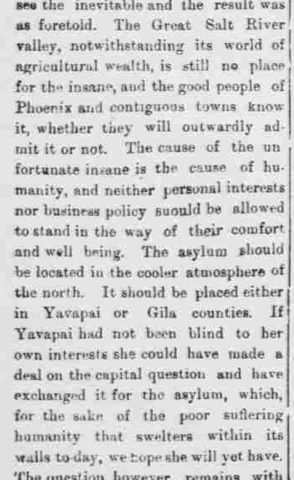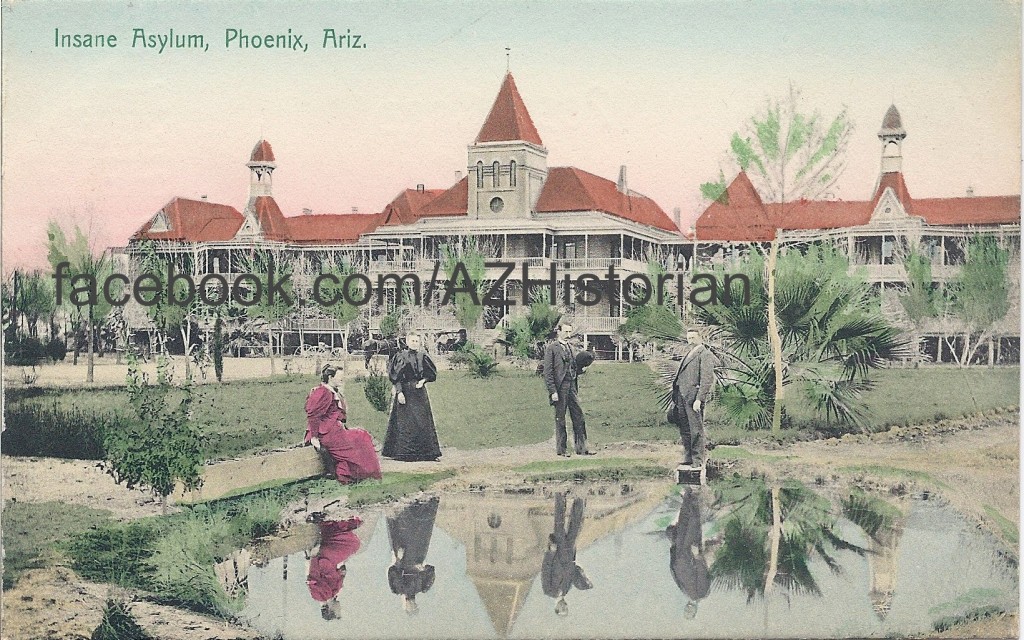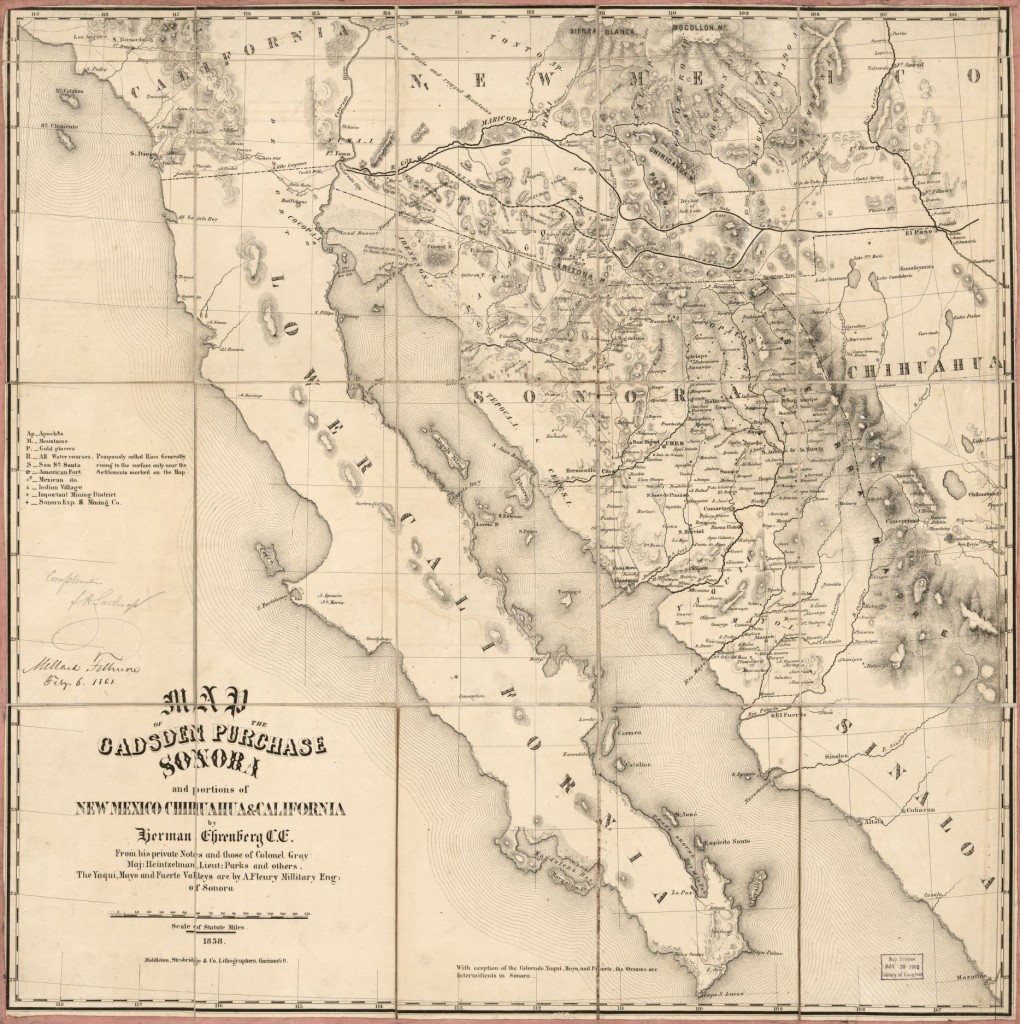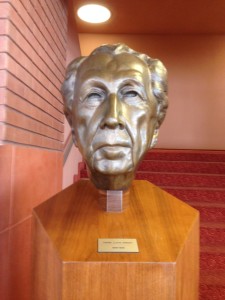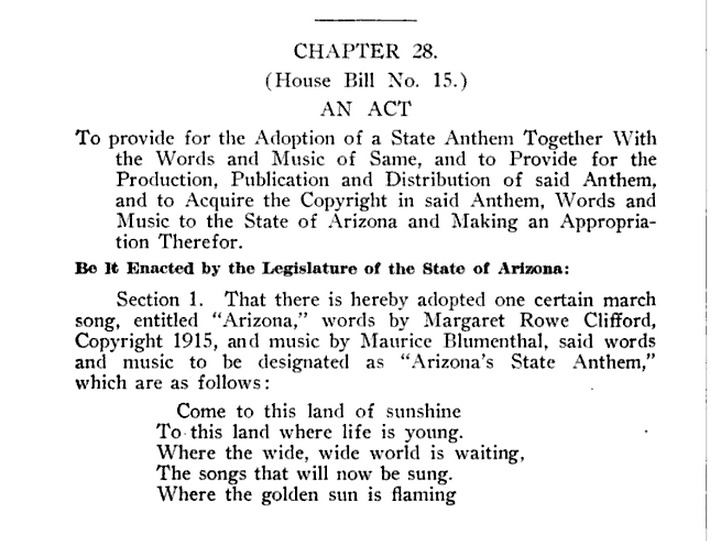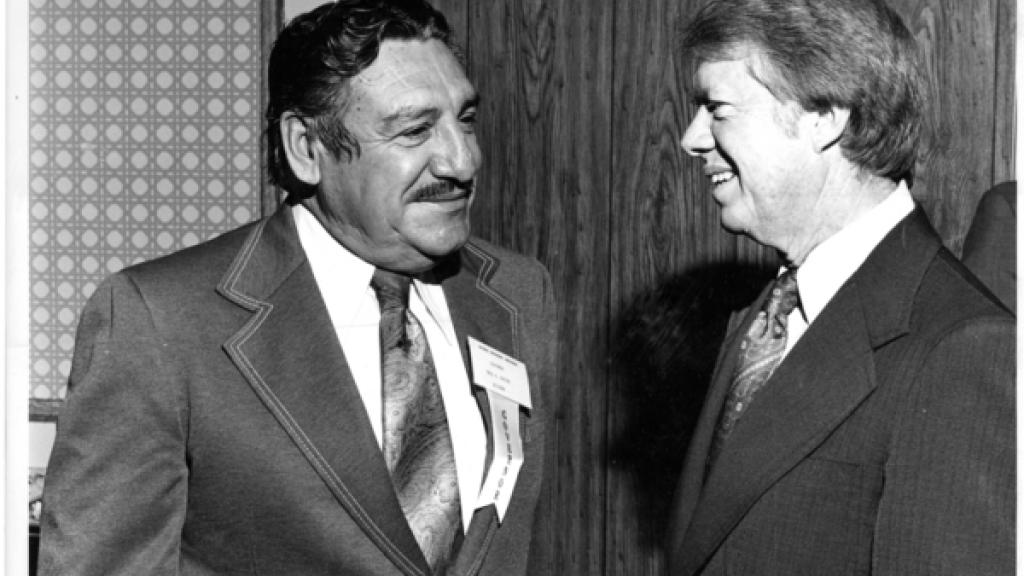
Photo: Raúl Castro and President Jimmy Carter
Image credit: Raúl Castro Papers, University of Arizona Libraries Special Collections
Image link: (http://speccoll.library.arizona.edu/governor-castro-jimmy-carter)
Today, October 1st, 2014, President Jimmy Carter assumed the title of nonagenarian. In addition to being elected to the White House in 1976, Carter is known for being a peanut farmer, a Naval Academy graduate, a former Georgia governor, and a Nobel Peace Prize recipient. President Carter is not as well known for his 1977 selection of Arizona Governor Raúl Castro — himself now a nonagenarian — for the post of U.S. ambassador to Argentina. This appointment marked the beginning of a nearly four decade-long — and counting — run of Arizona governors who would either enter or leave office under circumstances other than beginning or ending a statutorily-defined gubernatorial term. Perhaps the next occupant of the 9th floor will break the streak… although, our almost forty year span of experiences to the contrary indicates otherwise.
Here’s a list of the Arizona governors, beginning with Raúl Castro, who have either entered or left the state’s highest job due to circumstances other than the beginning or end of a statutorily-defined gubernatorial term:
Raúl Castro
Democrat
In office: 1975 – 1977
Entered office under normal circumstances.
Left office after being appointed to an ambassadorship.
Wesley Bolin
Democrat
In office: 1977 – 1978
Assumed office following Raúl Castro’s ambassadorial appointment.
Died in office.
Bruce Babbitt
Democrat
In office: 1978 – 1987
Assumed office following Wesley Bolin’s death.
Served out the remainder of Bolin’s term and subsequently won two full terms.
Evan Mecham
Republican
In office: 1987 – 1988
Assumed office under normal circumstances.
Removed from office after being convicted of multiple charges in a court of impeachment (the Arizona State Senate).
Rose Mofford
Democrat
In office: 1988 – 1991
Assumed office following Evan Mecham’s impeachment and conviction.
Left office under somewhat normal circumstances (see below: Symington, Fife).
Fife Symington
Republican
In office: 1991 – 1997
Assumed office in March of 1991 after beating Terry Goddard in a February runoff election.
Resigned from office after being indicted on multiple federal charges.
Jane Dee Hull
Republican
In office: 1997 – 2003
Assumed office following Fife Symington’s resignation.
Left office under normal circumstances.
Janet Napolitano
Democrat
In office: 2003 – 2009
Assumed office under normal circumstances.
Left office after being appointed to President Obama’s cabinet.
Jan Brewer
Republican
In office: 2009 – Present
Assumed office following Janet Napolitano’s cabinet appointment.
Incumbent.
For those of you counting, that’s nine governors who have either entered or left office — both in three cases — under circumstances other than the beginning or end of a statutorily-defined gubernatorial term.
Who says politics is boring?
